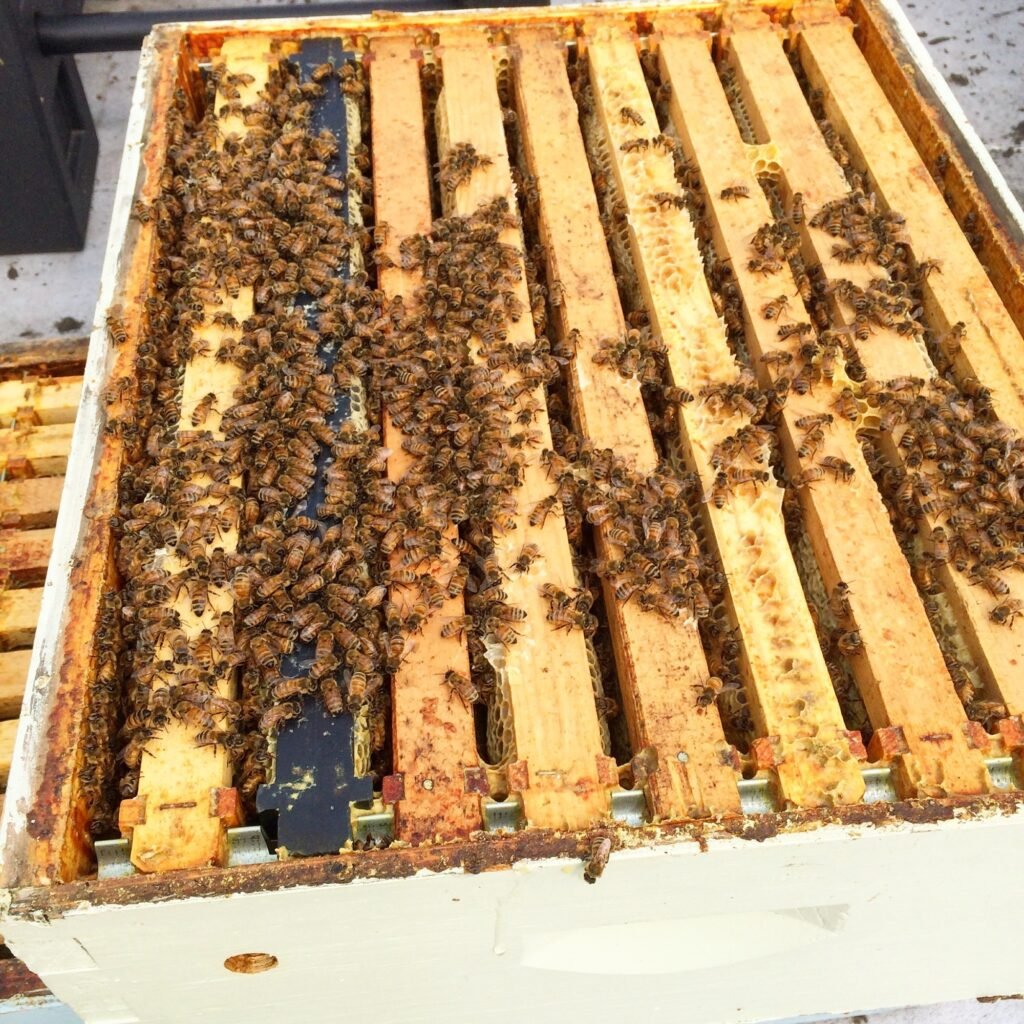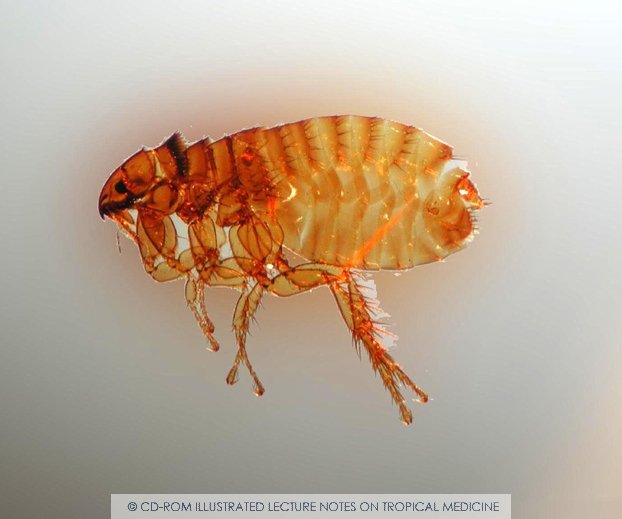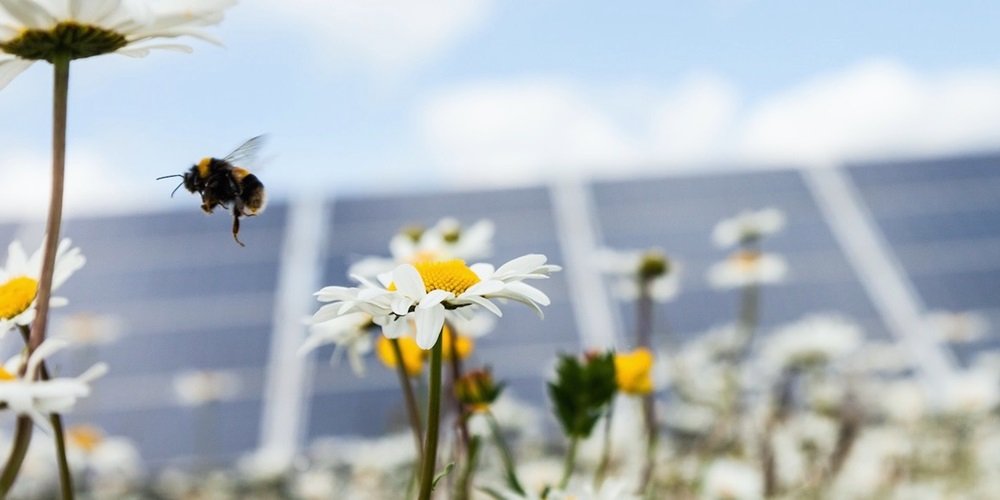The honeybee may be the most potent instrument for scientists investigating the health of a city and its residents. This is because honeybees collect more than just pollen and nectar when they forage.
Microorganisms and other microscopic particles can attach to the fuzzy little bodies of bees as they navigate their surroundings, which the pollinators then shed when they approach their hives.

And, because pollinators forage within a mile of their hives in urban settings, the honey they make, their bodies, and the trash at the bottom of hives contain vital information about a city or even a neighborhood.
A new research is being undertaken which aims to establish a feasible method for collaborating with beekeepers and their colonies of honeybees for the purpose of studying the microbiome of cities.

A microbiome is the unseen communities of microbes, fungi, viruses and bacteria that live inside and around us, playing key roles in the functioning and health of the urban environment and the human population, as well as plants and animals. Previous research has linked exposure to a diverse microbiome to better health outcomes.

Understanding microbial habitats may become critical in the near future to understanding the myriad ways in which health and environmental inequities disproportionately affect marginalized populations. We presently link it to factors like pollution or even shade, but the goal is to collect as much data as possible, much beyond simple pathogen screening, to better understand what makes healthier neighborhoods and if it can be evaluated.
Furthermore, the study indicated how beehive materials might possibly benefit health officials in infection detection. Researchers were able to identify the bacterium Rickettsia felis — responsible for the bacterial sickness known as “cat scratch fever” — using numerous samples obtained from Tokyo.
Reference- journal Environmental Microbiome, MIT Media Lab PR, National Geographic, Nature






